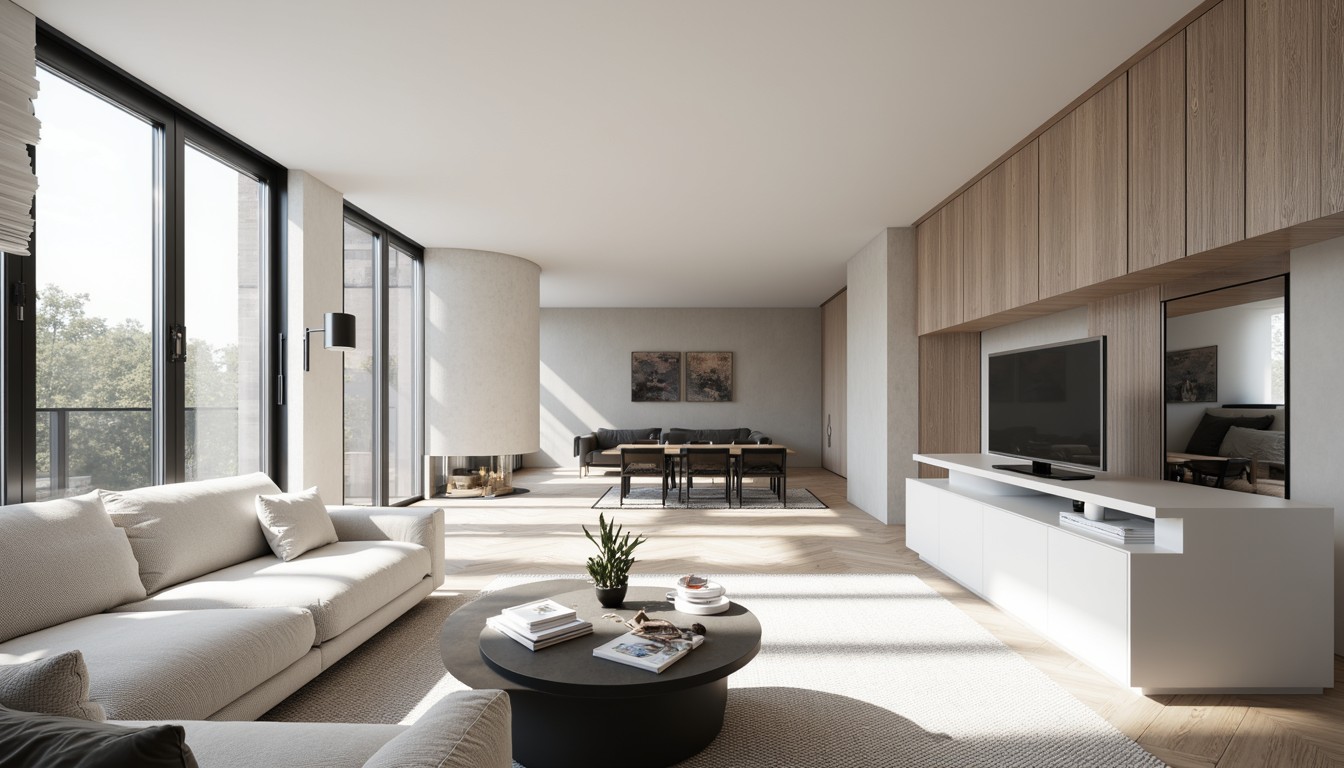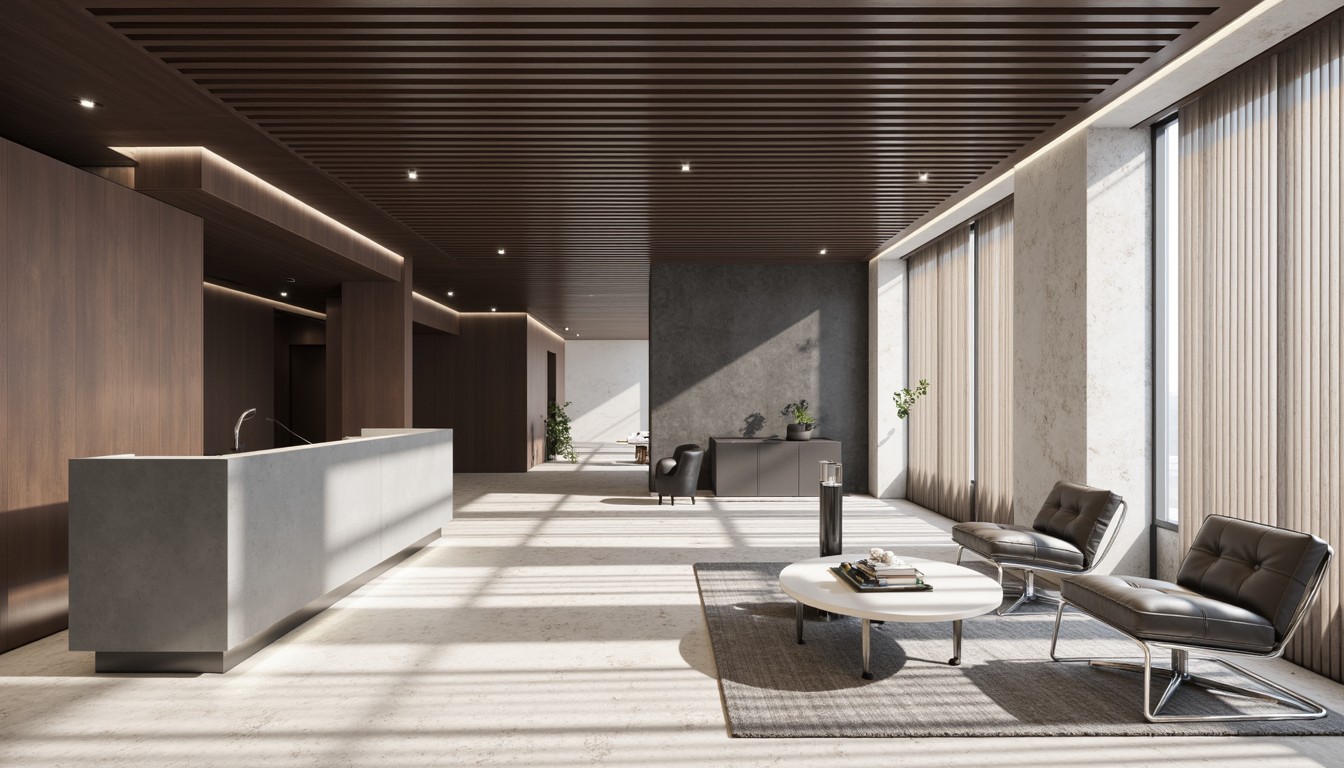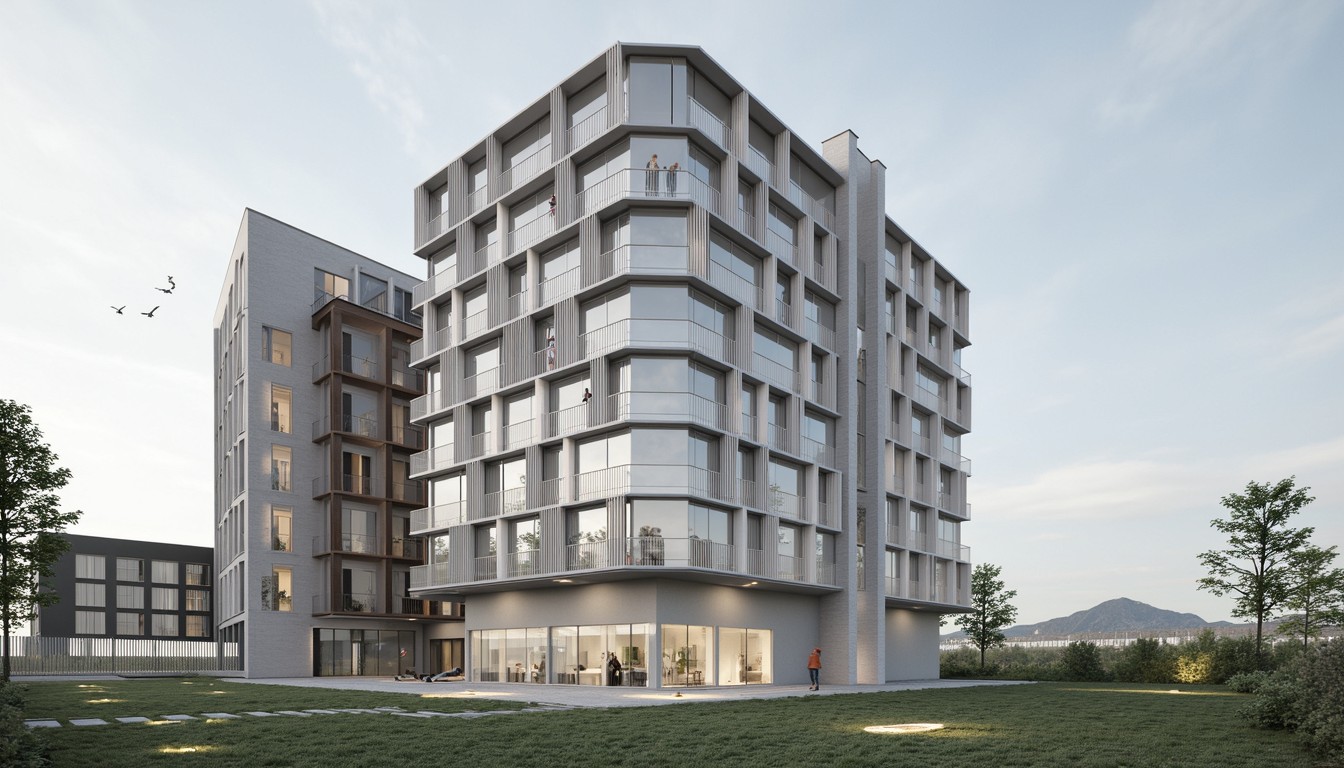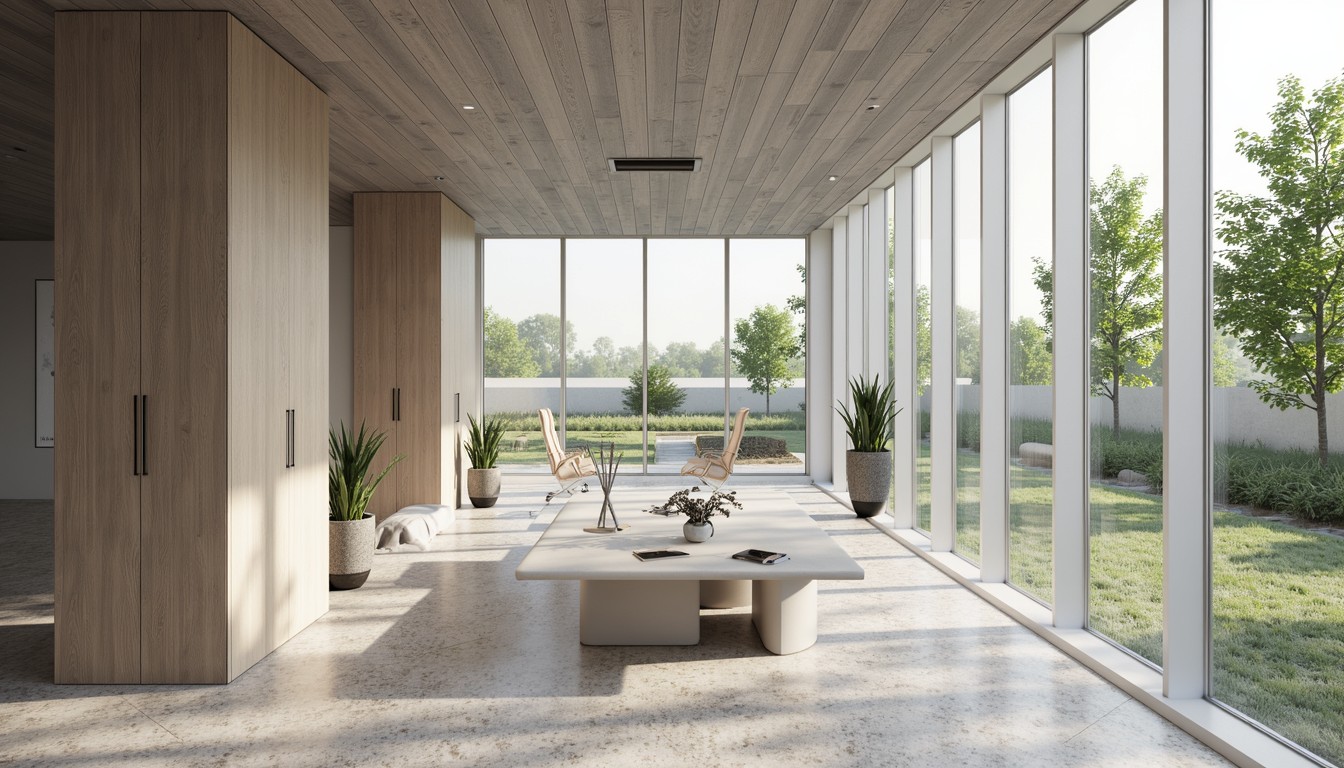AI-Powered Space Planning: A Design Revolution
The architectural landscape is undergoing a significant transformation, driven by the rapid advancement of artificial intelligence (AI). No longer a futuristic fantasy, AI is actively reshaping how architects and designers approach space planning, leading to a design revolution marked by increased efficiency, enhanced creativity, and unprecedented levels of precision.
The Rise of AI in Architectural Design

For years, architects have relied on traditional methods for space planning, often involving time-consuming manual drafting, iterative revisions, and potentially costly errors. AI-powered tools are changing this paradigm. These tools leverage machine learning algorithms to analyze vast datasets, understand design preferences, and generate innovative space planning solutions that were previously unimaginable.
Key Benefits of AI-Driven Space Planning:
- Increased Efficiency: AI can automate repetitive tasks, freeing up architects to focus on higher-level design decisions and creative problem-solving.
- Enhanced Creativity: AI algorithms can explore a wider range of design possibilities than humans could manually, leading to more innovative and unexpected solutions.
- Improved Accuracy: AI-powered tools minimize human error, ensuring accurate dimensions, optimized layouts, and compliance with building codes and regulations.
- Faster Turnaround Times: AI significantly accelerates the design process, allowing for quicker project completion and faster client feedback loops.
- Data-Driven Insights: AI analyzes data to identify optimal space utilization, predict future needs, and optimize building performance.
Real-World Applications of AI in Space Planning

The applications of AI in space planning are diverse and rapidly expanding. Here are some key examples:
1. Automated Space Planning Software:
Numerous software platforms now incorporate AI to assist with space planning. These tools can automatically generate floor plans based on user input, such as building size, desired room configurations, and functional requirements. They can also suggest optimal furniture placement and optimize traffic flow.
2. Generative Design:
Generative design algorithms explore countless design variations to find the best solution based on specified constraints and objectives. This technology is particularly useful for complex projects where finding the optimal layout is crucial. AI can explore options beyond human intuition, leading to breakthroughs in design optimization.
3. Virtual Reality (VR) and Augmented Reality (AR) Integration:
AI can enhance VR and AR experiences by providing real-time feedback on design changes and allowing users to interact with the virtual space in a more intuitive way. This allows clients to visualize and understand the design better, leading to more informed decisions.
4. Building Information Modeling (BIM) Enhancement:
AI can be integrated with BIM software to automate tasks such as clash detection, quantity take-off, and cost estimation. This enhances the accuracy and efficiency of the entire building process.
5. Predictive Modeling:
AI can analyze data to predict future occupancy needs, energy consumption, and other factors that impact space planning. This allows for more sustainable and resilient building designs.
Challenges and Considerations
While the potential benefits of AI in space planning are significant, it's important to acknowledge some challenges:
- Data Dependency: AI algorithms require large amounts of accurate data to function effectively. The quality of the data directly impacts the accuracy and reliability of the results.
- Computational Resources: Running complex AI algorithms can require significant computational power, which can be a barrier for some users.
- Ethical Considerations: The use of AI raises ethical considerations related to data privacy, algorithmic bias, and the potential displacement of human designers.
- Human Oversight: While AI can automate many tasks, human oversight remains essential to ensure the design meets aesthetic, functional, and cultural requirements.
The Future of AI in Space Planning

The future of AI in space planning is bright. As AI technology continues to advance, we can expect even more sophisticated tools and techniques that will further revolutionize the architectural design process. We can anticipate more seamless integration with other technologies, such as VR/AR and BIM, leading to a more holistic and integrated design workflow.
ArchNav: Your Partner in AI-Powered Architectural Visualization
At ArchNav, we embrace the transformative power of AI to enhance architectural visualization and space planning. We leverage cutting-edge AI technologies to deliver stunning visuals, optimize designs, and help our clients bring their vision to life. Our team of expert architects and AI specialists works collaboratively to provide innovative solutions that blend artistic creativity with technological precision. Contact us today to learn how we can help you harness the power of AI for your next project.
